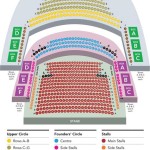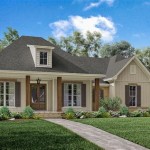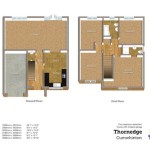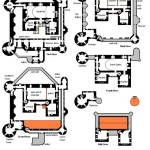Floor Plan Location Meaning Nyc Building Codes
Understanding the jargon used in building codes is crucial, especially when dealing with floor plans. For those unfamiliar with New York City's specific lingo, deciphering floor plan locations can be daunting. This article aims to simplify the process by providing a detailed explanation of the terms used in NYC building codes regarding floor plan locations.
Certificate of Occupancy (CO)
A Certificate of Occupancy (CO) is a legal document issued by the Department of Buildings (DOB) that certifies that a building or space is safe and habitable. It specifies the approved use, occupancy, and maximum capacity of a space. The CO also includes a floor plan that shows the layout and location of different areas within the building or space.
Floor Area Ratio (FAR)
The Floor Area Ratio (FAR) is a zoning regulation that limits the amount of building space that can be built on a given lot. It is calculated by dividing the total floor area of a building by the lot area. The FAR determines the maximum size of a building that can be constructed.
Front Yard, Rear Yard, and Side Yard
Front, rear, and side yards refer to the open space between a building and the property line. New York City building codes specify the minimum yard dimensions required for different types of buildings and zoning districts. These yards provide natural light and ventilation and create a buffer between buildings and the street.
Datum Point
A datum point is a fixed reference point used to establish the elevation of different parts of a building. It is typically located at the lowest point of the building, such as the basement floor or the curb level. The datum point is used to determine the floor-to-floor heights and the overall height of the building.
Floor Level Designations
Floor level designations indicate the location of different floors within a building. The following are common floor level designations used in NYC building codes:
- Basement: A floor level below the first floor that is partially or fully below grade.
- Cellar: A floor level below the basement that is entirely below grade.
- First Floor: The floor level at or just above grade level, also known as the ground floor.
- Second Floor: The floor level one story above the first floor.
- Rooftop: The floor level at the top of the building, which may be used for various purposes such as recreation or equipment storage.
Mixed-Use Buildings
Mixed-use buildings are buildings that contain multiple uses, such as residential and commercial spaces. In NYC building codes, mixed-use buildings are assigned a mixed-use designation, which specifies the allowable uses for each floor level. The mixed-use designation also includes requirements for the separation of different uses, such as防火等级and soundproofing.
Zoning District Regulations
Zoning district regulations establish specific requirements for buildings and land use within different neighborhoods in New York City. These regulations include height limits,FARs, andyard requirements. Understanding zoning district regulations is essential for determining the allowable uses and construction parameters for a given property.
Conclusion
Understanding floor plan location meaning in NYC building codes is essential for architects, engineers, contractors, and property owners. By familiarizing yourself with the terms and regulations outlined in this article, you can navigate the complex world of building codes and ensure that your construction projects comply with the law. Remember to consult with qualified professionals for guidance and interpretation of specific building code requirements.

Zoning Districts Guide Residence R6 R6a R6b Dcp

Chapter 3 Zoning Resolution

Floor Area Ratio Far Zoning Calculations Fontan Architecture

Chapter 3 Zoning Resolution

Air Rights Nyc Development Fontan Architecture

Stairwells Text Amendment For Non Residential Buildings Dcp

Chapter 2 Zoning Resolution

Bedroom Codes Nyc Habitable Space Fontan Architecture

Chapter 16 Structural Design Nyc Building Code 2024 Upcodes

Chapter 16 Structural Design Nyc Building Code 2024 Upcodes








